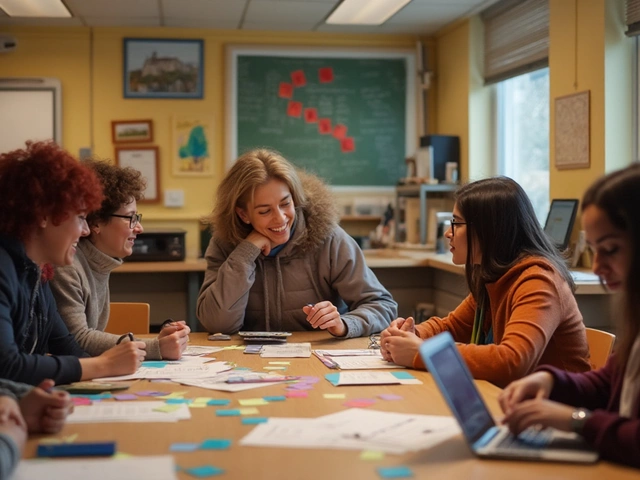Homeschooling: Practical Tips, Resources, and Real‑World Advice
Thinking about teaching your kids at home? You’re not alone. More families are swapping the classroom for the kitchen table, and the good news is you don’t have to reinvent the wheel. Below you’ll find straight‑forward ideas you can try today, plus a handful of resources that make planning less stressful.
Why Choose Homeschooling?
First off, why do people pick homeschooling? The most common reasons are flexibility, a tailored curriculum, and a safe learning environment. When you set the schedule, you can fit science experiments after lunch or a field trip on a rainy day – no bell to ring you back to class. You also get to match lessons to your child’s strengths, whether that means more hands‑on maths or extra reading time.
Another big plus is the ability to weave values and life skills into everyday lessons. From cooking to budgeting, you can turn chores into math practice or language games. The result? Kids learn concepts while they see how they work in real life.
Tools and Lessons to Get Started
Getting started can feel overwhelming, but a simple framework helps. Grab a notebook, list your subjects, and assign a rough weekly schedule. Then fill in with free or low‑cost resources. For reading, public libraries offer e‑books and audiobooks; for science, YouTube channels like CrashCourse break down topics in bite‑size videos.
If you’re new to tutoring, the "First‑Time Tutoring Guide" on our site walks you through setting goals, building rapport, and keeping sessions lively. It’s a quick read that turns nervous beginners into confident guides.
Need a fast certification to teach formally? The "Fastest Teacher Training Program" article outlines accelerated courses that let you earn a teaching credential in under a year – perfect if you want official qualifications alongside homeschooling.
For kids with special needs, check out our "Practical Strategies for Supporting Children with Special Needs" post. It offers concrete classroom‑style adjustments you can apply at home, like visual schedules and sensory breaks.
Don’t forget the social side. Join local homeschooling groups or online forums where families share field trip ideas, virtual science fairs, and book clubs. Meeting other parents keeps the experience fresh and gives kids a chance to interact with peers.
Finally, track progress. Simple spreadsheets or free apps let you log completed lessons, test scores, and areas that need review. Seeing growth on paper boosts confidence for both parent and child.
Homeschooling isn’t a one‑size‑fits‑all journey, but with the right tools and a bit of planning, you can create a learning environment that fits your family’s rhythm. Dive into the articles linked above, pick a strategy that resonates, and start shaping your own curriculum today.














